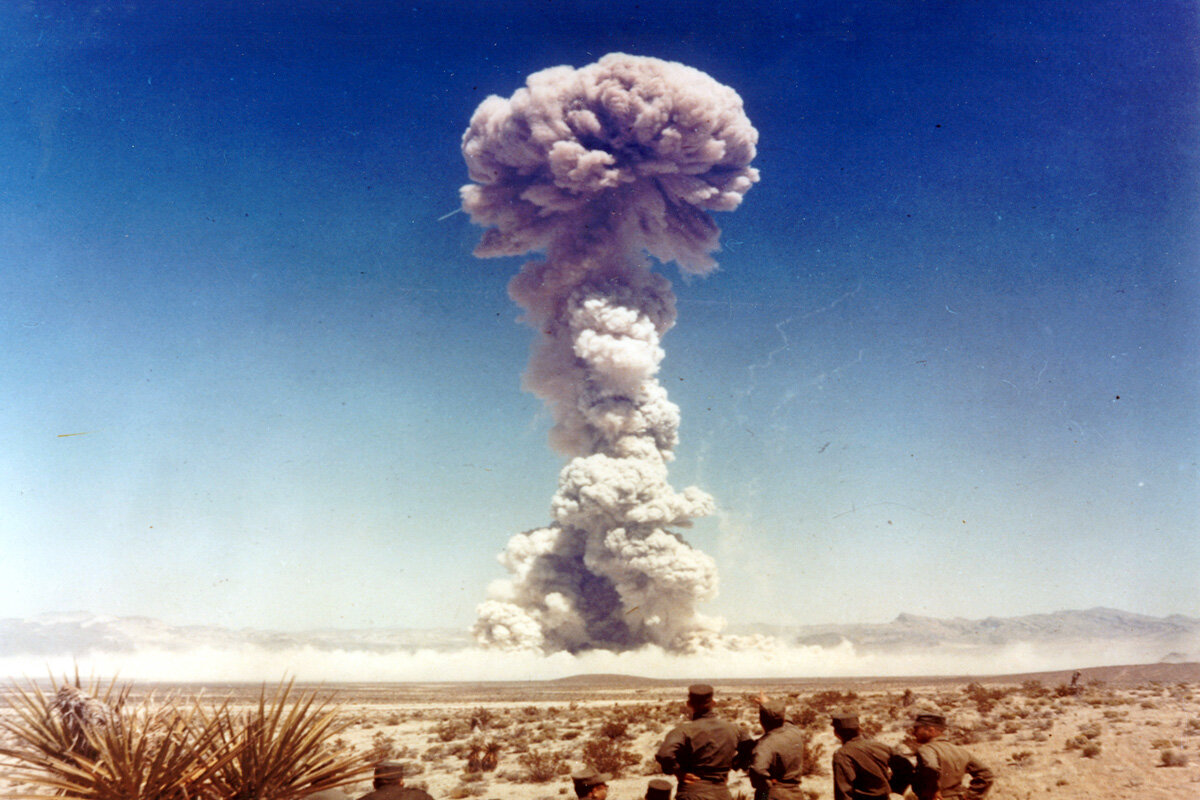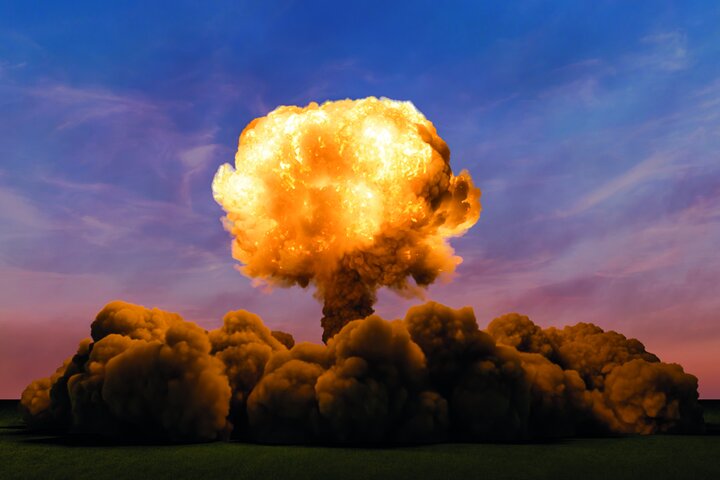Nearly 2000 nuclear weapons tests have taken place since the first one on July 16, 1945. The side effects and dangers of nuclear energy testing to human life were dismissed in the early days, but the magnitude of its destructive nature has been proven time and time again in history. Nuclear weapons are volatile and the world can do without it.
HISTORY OF INTERNATIONAL DAY AGAINST NUCLEAR TESTS
At the 64th session of the United Nations General Assembly on December 2, 2009, the unanimous adoption of resolution 64/35 declared August 29 as the International Day Against Nuclear Tests. The crux of the resolution was that “every effort should be made to end nuclear tests in order to avert devastating and harmful effects on the lives and health of people” and that “the end of nuclear tests is one of the key means of achieving the goal of a nuclear-weapon-free world.”
The initiation for this day was by the Republic of Kazakhstan, selecting August 29 as the date of the observance to align with the shut down of the Semipalatinsk Nuclear Test site on the same date in 1991.

The inaugural observance of the International Day Against Nuclear Tests was in 2010. Every year, massive efforts go into arranging activities across the world; including conferences, symposia, competitions, publications, media broadcasts, lectures, and more. Many sponsors, government-level agencies, and civil society organizations have aided the cause and campaigned for the complete ban on nuclear testing.
FACTS ABOUT NUCLEAR WEAPONS
The Chernobyl Incident
The explosions at the Chernobyl power plant radiated 100 times the radiation of the atom bombs dropped on Hiroshima and Nagasaki during World War 2.
The most powerful nuclear weapon ever
Russia’s Tsar Bomba is the single most powerful weapon assembled by man, with a mushroom cloud 25 miles wide and 40 miles high.
Removing outer clothing
90% of radioactive material following a nuclear disaster can be disposed of by removing one’s outer clothing.
Volatile situations
Japan has had three nuclear power plant accidents since 1999.


Your Comment